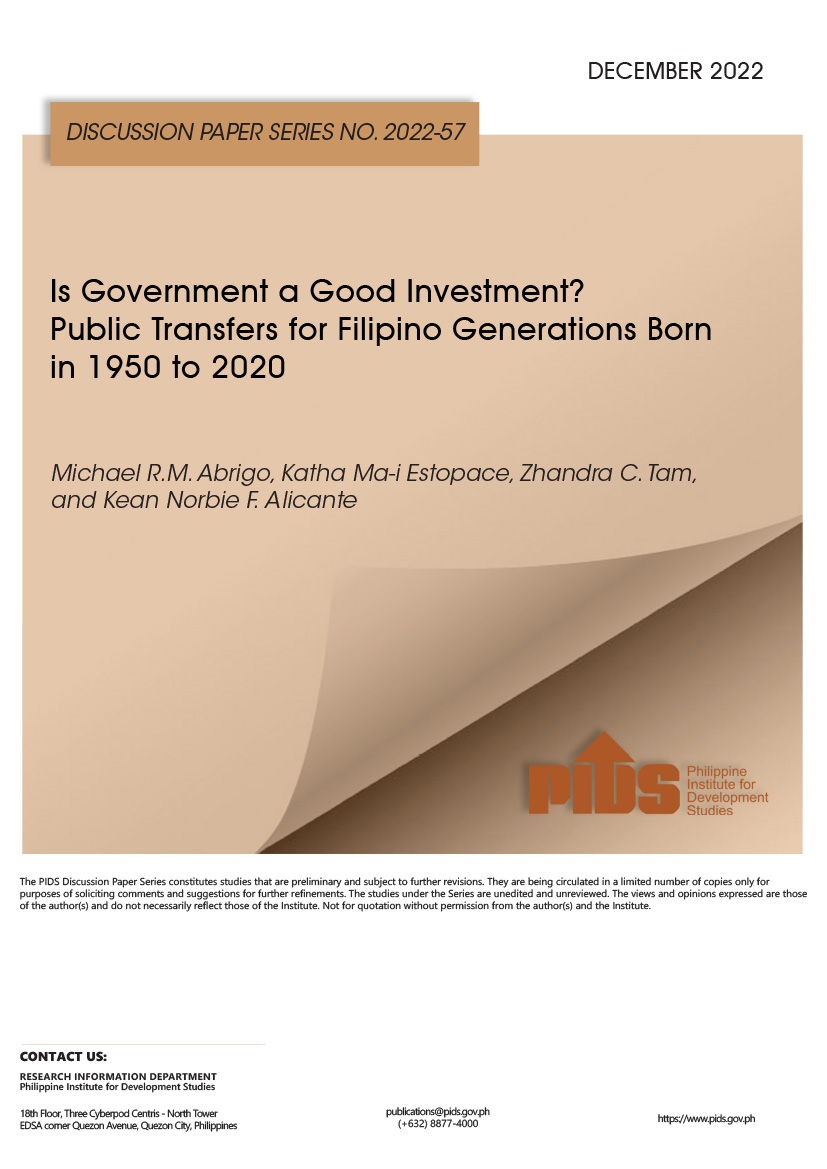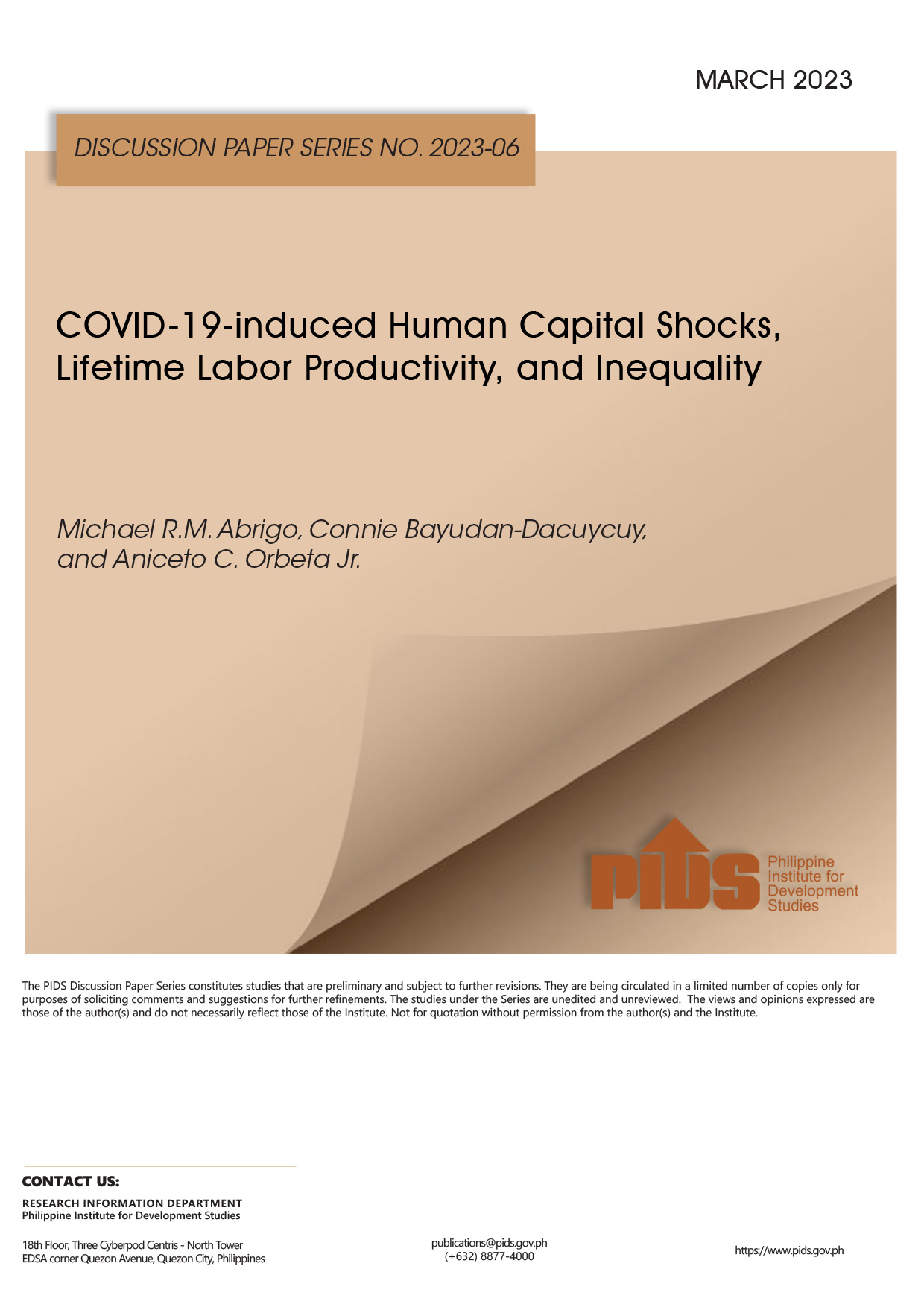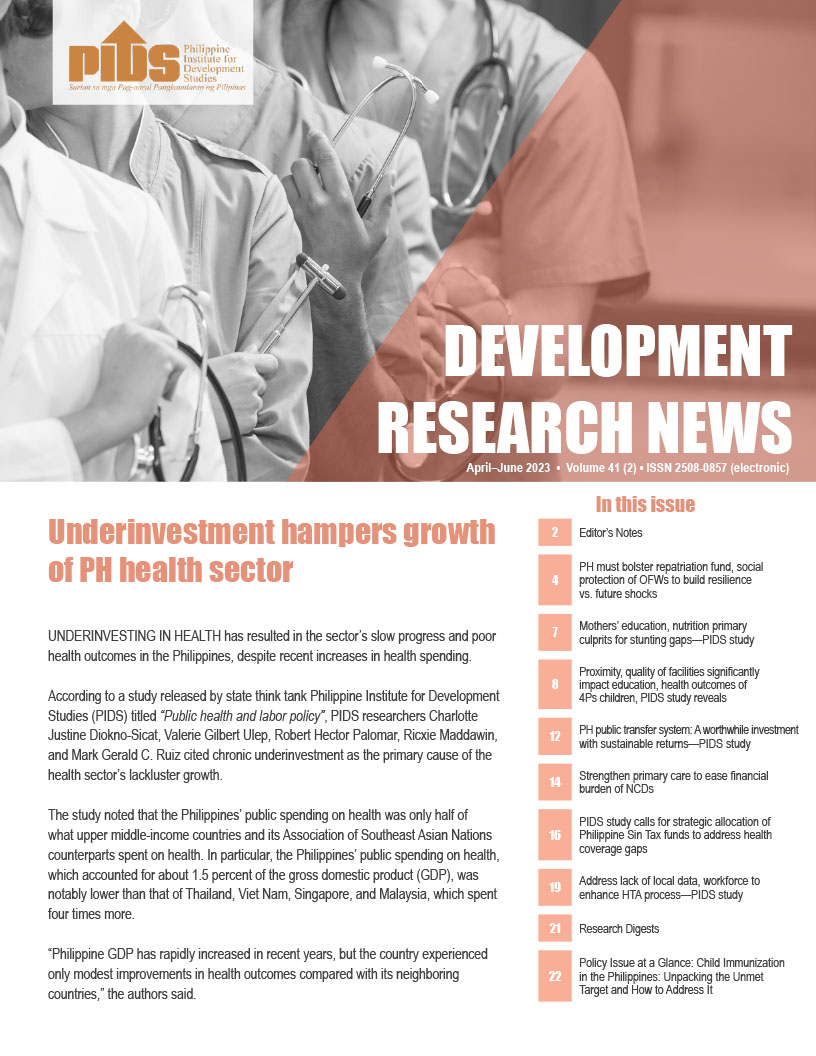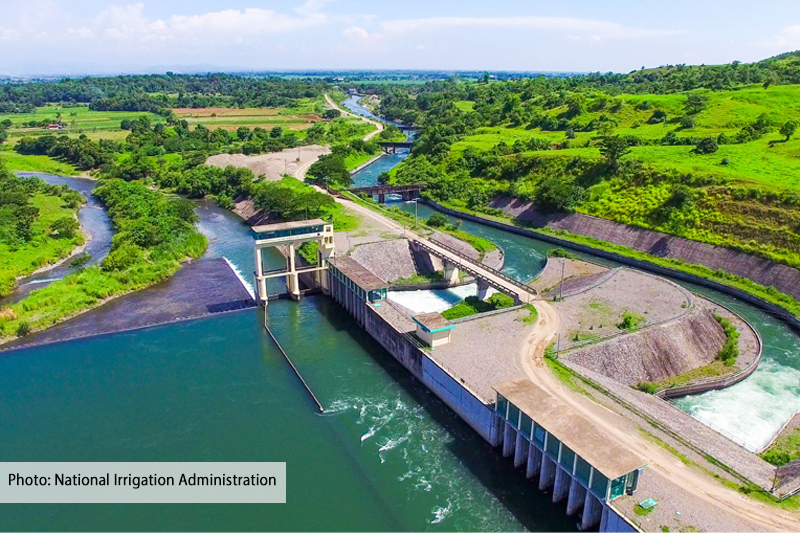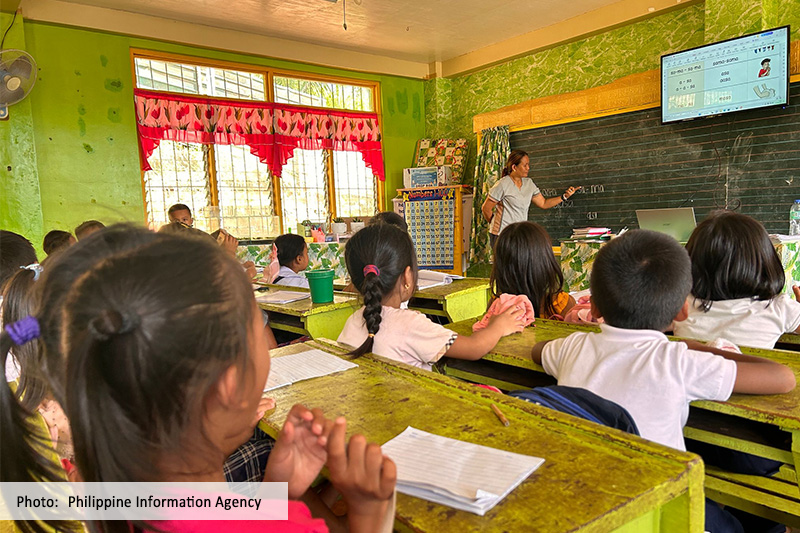A country’s population consists of persons at different ages and stages of their economic lifecycle. Those in the population that are incurring lifecycle deficits would not be able to sufficiently support themselves, while those generating surpluses would have more than they require. Resources then have to be reallocated or transferred from the surplus age groups (working ages) to the deficit age groups (children and elderly) and there are various ways to achieve these across age transfers or intergenerational reallocations. Lifecycle consumption and income patterns, and the systems for age reallocations in the Philippines, are examined in this paper using the 1999 NTA Flow Accounts estimates. This paper finds that: (1) Filipinos incur lifecycle deficits and do not become self-sufficient until after age 25, lifecycle surpluses are generated for the next 35 years, and at age 61 consumption starts to exceed labor earnings and lifecycle deficits are once again incurred; (2) In 1999 the estimated aggregate lifecycle deficits amounted to about PhP1,061 billion in current prices (with the young and elderly accounting for 93 percent and 7 percent, respectively) while surpluses generated by the working age group amounted to PhP461 billion, or an excess of PhP600 billion of deficits over surplus; (3) The mix of systems that support the consumption of Filipinos in the deficit ages differ between the young and the elderly groups, with the mix also changing with age for the elderly deficit group; (4) The financing of consumption of children up to age 14 is primarily by public and private transfers, while for the age group 15-25 about half of consumption is already paid for by own wages but a significant part continues to be supported by private transfers; and (5) Consumption of the elderly is financed by own earnings, asset reallocation, private transfers (starting age 73) and to a very small extent by public transfers (starting age 80).
Citations
This publication has been cited 6 times
- Racelis, Rachel H. et. al. 2015. Philippines 2011 National Transfer Accounts estimates of consumption and labor income age profiles: Discussions on the 1991-2011 age profile change and implications on economic gains from the first demographic dividend. Discussion Papers DP 2015-45,. Philippine Institute for Development Studies.
- Racelis, Rachel H., Michael R.M. Abrigo, and J.M. Ian Salas. 2015. Financing consumption over the lifecycle and overseas workers’ remittances: Findings from the 1999 and 2007 Philippine national transfer accounts. The Journal of the Economics of Ageing, 5(C), 69-78. Elsevier.
- Salas, J.M. Ian S., Michael Ralph M. Abrigo, and Rachel H Racelis. 2012. Philippines 2007 National Transfer Accounts: Financing consumption and lifecycle deficit by income group. Discussion Papers DP 2012-33. Philippine Institute for Development Studies.
- Salas, J.M. Ian S., Michael Ralph M. Abrigo, and Rachel H Racelis. 2012. Philippines 2007 National Transfer Accounts: Consumption, Income, and Intergenerational Reallocation of Resources (Revised Estimates). Discussion Papers DP 2012-35. Philippine Institute for Development Studies.
- Salas, J.M. Ian S., Michael Ralph M. Abrigo, and Rachel H Racelis. 2012. Philippines 2007 National Transfer Accounts: Consumption, income, and intergenerational reallocation of resources. Discussion Papers DP 2012-32. Philippine Institute for Development Studies.
- Salas, J.M. Ian S., Michael Ralph M. Abrigo, and Rachel H Racelis. 2012. Philippines 2007 National Transfer Accounts: Consumption, income, and intergenerational reallocation of resources. Discussion Papers DP 2012-29. Philippine Institute for Development Studies.


